History of Lighthouses Across the World
Lighthouses have an interesting and rich history that dates to the ancient times, some thousands of years. The importance of lighthouses was immense on account of the fact that they serve as vital navigational aids for sailors across the world. The Pharos of Alexandria was the earliest known lighthouse and it was built in the 3rd century BCE in Egypt. It amazingly was looked upon as one of the Seven Wonders of the Ancient World. Centuries ago, these lighthouses were in the form of simple bonfires on hilltops that evolved into more sophisticated structures made of stones and brick. Modern technology has brought about the introduction of Fresnel lenses that were implemented somewhere in the 19th century. This innovation revolutionized the effectiveness of lighthouses. These iconic towers were strategically placed along treacherous coastlines, and were highly functional in guiding ships safely to shore with their powerful beacons. Today, many lighthouses have been decommissioned due to advances in technology like GPS. But the heritage they carry can never be ignored. These lighthouses stand proudly as indomitable symbols of maritime heritage, and efforts are on to preserve them as historical landmarks.
Suggested Read: Best time to Visit Andaman and Things to do in Andaman
Historic Lighthouses of Andaman Island
The Andaman Islands are home to several historic lighthouses that have played a crucial role in maritime navigation for centuries. These lighthouses are generally located on remote and picturesque islands. They were built during the British colonial period to guide ships safely through the treacherous waters of the Bay of Bengal. These legendary lighthouses provided essential services to seafarers and over the years they became iconic landmarks in the region. Many of these structures still stand tall till today, serving as reminders of the rich maritime history and the strategic importance of the Andaman and Nicobar Islands in global trade routes. Some of the most well-known lighthouses in and around Andaman Islands are those on North Point in Port Blair and the Lighthouse on Ross Island, which have witnessed the changing face of the world through the ravages of the passage of time and history. They stand as silent sentinels overlooking the deep, blue seas.
Suggested read : Andaman tour packages
Ross Island Lighthouse
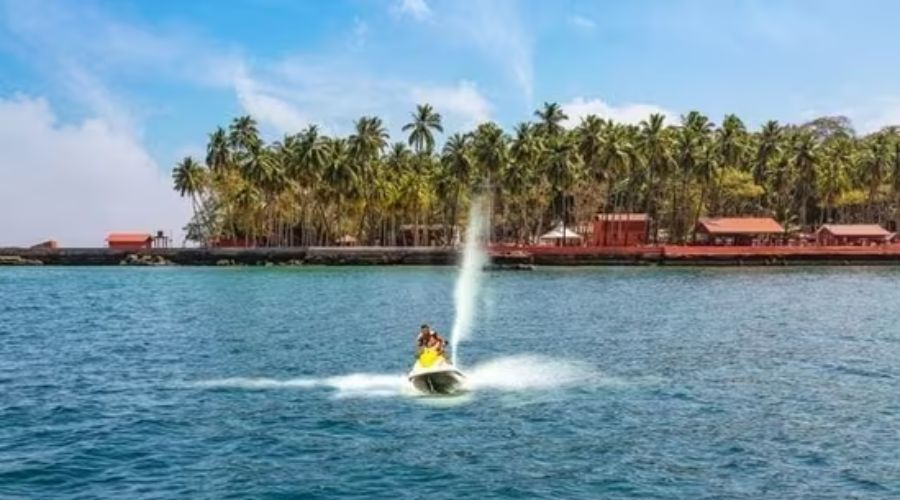
The Ross Island Lighthouse, located on Ross Island in the Andaman and Nicobar Islands, is a historic structure that dates back to the British colonial era. This lighthouse was built to guide ships navigating the treacherous waters near Port Blair, the capital of the Andaman and Nicobar Islands. The lighthouse, standing on a small island that was once the administrative headquarters of the British in the Andamans, has witnessed the island’s transformation over the years. Although Ross Island is now largely in ruins due to natural decay and the impact of World War II, the lighthouse remains a prominent feature, symbolizing the island’s strategic importance in maritime history. The lighthouse offers stunning views of the surrounding sea and is a poignant reminder of the island’s colonial past. Ross island is now a popular tourist destination, with the lighthouse definitely adding to its historical charm.
Suggested read : Water falls in andaman
Sir Hugh Rose Lighthouse
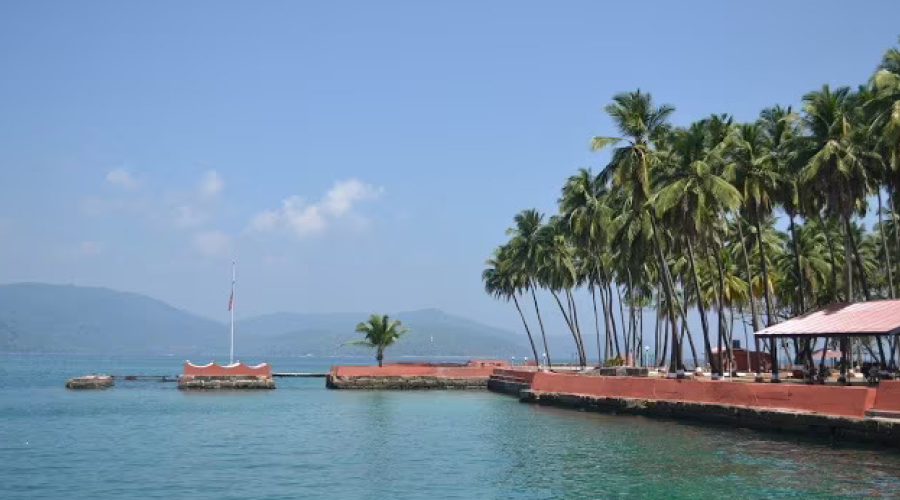
The Sir Hugh Rose Lighthouse, located on the North Bay of Port Blair in the Andaman and Nicobar Islands, is a significant historical landmark named after the British military officer Sir Hugh Rose. Built during the British colonial period, this lighthouse was designed to assist in the safe passage of ships navigating the tricky waters around the Andaman Islands. The lighthouse stands on a scenic spot with panoramic views of the surrounding ocean and is easily visible from Ross Island and Port Blair. It continues to function as a vital navigational aid while also attracting tourists who are interested in the colonial history and natural beauty of the Andamans. The Sir Hugh Rose Lighthouse is not only a beacon for sailors but also a symbol of the enduring legacy of British infrastructure in the region.
Suggested read : How to reach andaman
North Bay Lighthouse
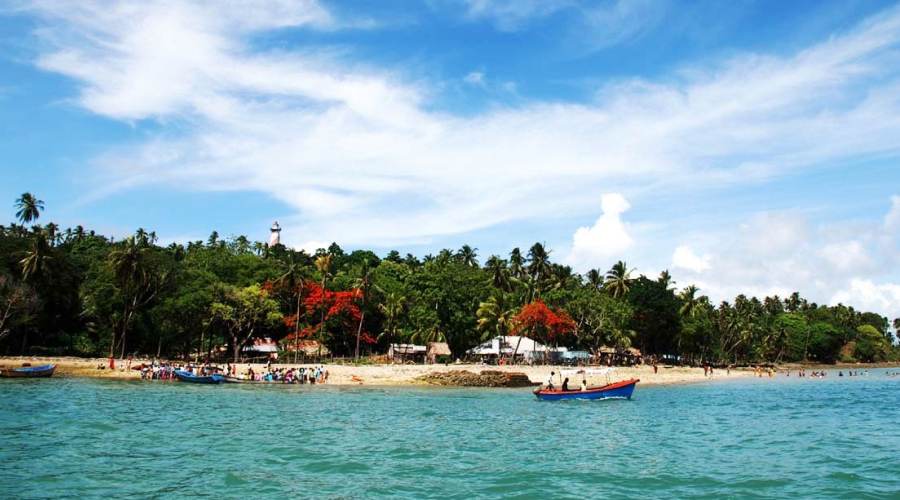
The North Bay Lighthouse is situated on North Bay Island, just off the coast of Port Blair in the Andaman and Nicobar Islands. This lighthouse is a vital navigational aid for ships entering the harbour of Port Blair, guiding them safely through the surrounding waters. North Bay is a popular tourist destination, known for its picturesque coral reefs and underwater activities like snorkelling and scuba diving. The lighthouse itself offers stunning panoramic views of the surrounding seas and islands, including the nearby Ross Island. It stands as a reminder of the strategic importance of the Andaman Islands in maritime navigation and continues to be a key landmark for both mariners and visitors. The North Bay Lighthouse in the Andaman and Nicobar Islands appears on the back of the ₹100 Indian currency note, which features images of various landmarks from India. The lighthouse is depicted along with other elements representing India’s maritime heritage. While you gaze at the lighthouse from the boat or from the viewpoints in Port Blair, you are bound to feel a certain sense of nostalgia.
Suggested read : Travel tips for andaman
Havelock Island Lighthouse
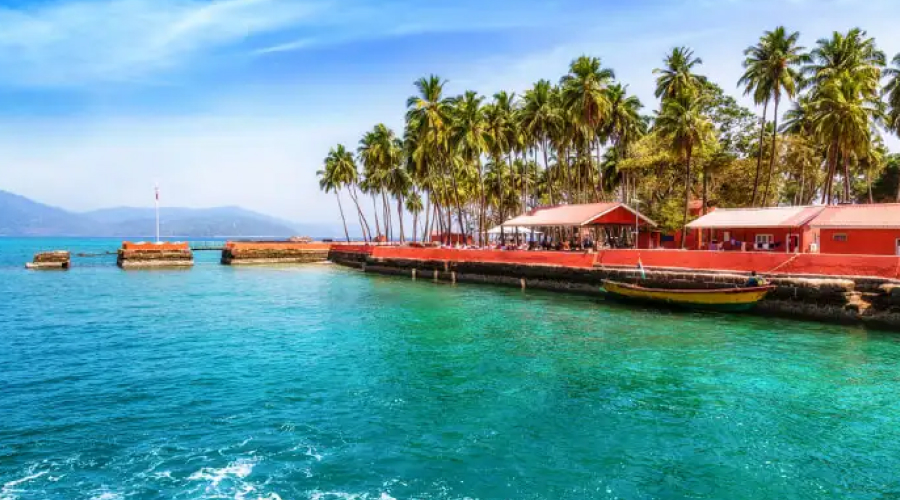
Located on the extremely popular and picturesque Havelock Island, this lighthouse is situated near the famous Radhanagar Beach. It is less visited by tourists compared to other lighthouses but offers stunning views of the island’s beaches and forests.
Suggested read : Best time to visit in andaman
Indira Point Lighthouse
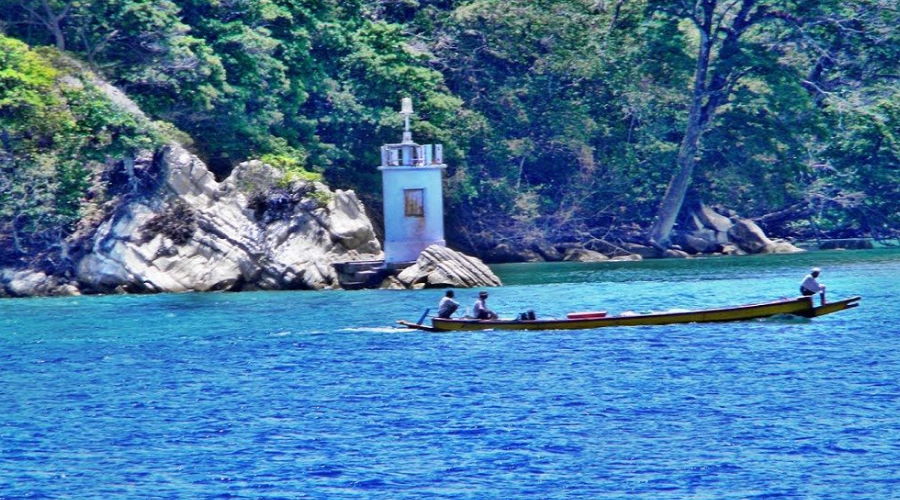
The Indira Point Lighthouse, located at the southernmost tip of India on Great Nicobar Island in the Andaman and Nicobar Islands, is a significant maritime landmark. Established in 1972, this lighthouse marks the southernmost point of Indian territory and guides ships passing through the busy sea routes of the Indian Ocean. Towering over the rugged coastline, the lighthouse is not only crucial for navigation but also symbolizes the geographical extent of India. The surrounding area, known for its lush tropical forests and rich biodiversity, adds to the lighthouse’s allure. Despite the remote location, the Indira Point Lighthouse remains a vital beacon for international maritime traffic. The lighthouse was partially submerged by the tsunami in 2004 but continues to function.
Suggested read : Top 5 things of andaman
Cinque Island Lighthouse
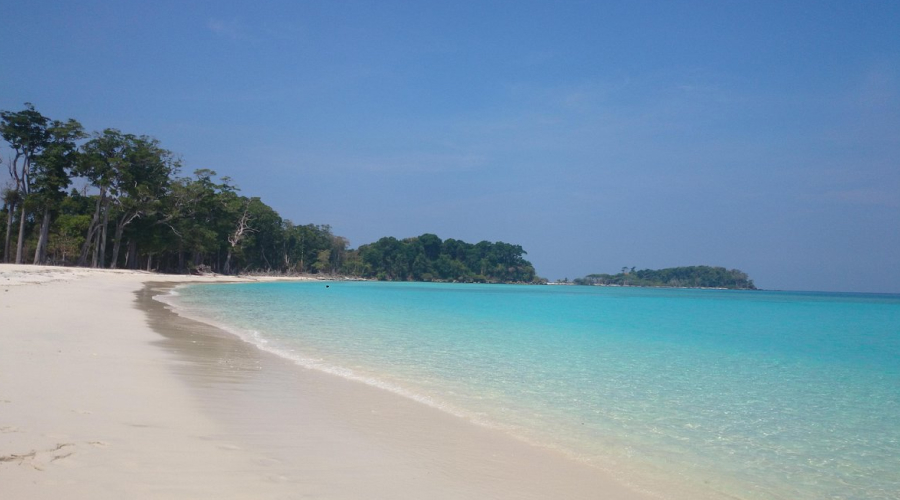
This lighthouse is located on Cinque Island. It is known for its pristine beaches and coral reefs. The lighthouse acts as a maritime navigation support around the island, which is also a protected area.
Suggested read : Museums in andaman
Little Andaman Lighthouse
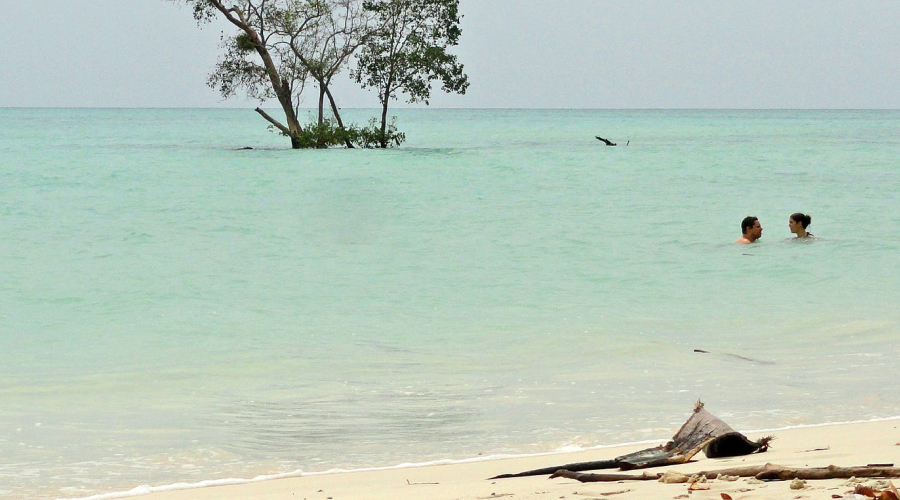
The Little Andaman Lighthouse, also known as Richardson’s Lighthouse, is situated on the southeastern tip of Little Andaman Island in the Andaman and Nicobar Islands. This iconic structure, standing 41 meters tall, was established in 1985 and serves as a crucial navigational aid for vessels passing through the nearby shipping lanes of the Indian Ocean. The lighthouse is characterized by its striking red and white bands, making it a prominent feature against the lush green backdrop of the island. Visitors who make the journey to the lighthouse are rewarded with panoramic views of the surrounding ocean and dense tropical forests. The Little Andaman Lighthouse is not only a vital part of maritime safety but also a testament to the island’s natural beauty and strategic importance.
Suggested read : How to reach havelock island
Some Famous Lighthouses Across the World
Lighthouses have been playing a vital role in the field of maritime safety. Since ages they have been guiding ships safely through treacherous waters and marking dangerous coastlines, reefs and harbours. They serve as beacons of light, and also offer as navigational aid while helping sailors avoid dangerous sea situations. These lighthouses serve as saviours to the life of sailors and passengers on board during nighttime or in bad weather conditions. Historically, lighthouses were manned by keepers who maintained the lights and ensured that they functioned properly. In modern times most of them are automated minimizing human intervention in the functioning of these lighthouses.
Some of the most famous lighthouses across the world that have stood the ravages of time and served mankind can be identified as follows:
- Pharos of Alexandria, Egypt: This lighthouse is one of the Seven Wonders of the Ancient World. This ancient lighthouse was built around 280 BCE and stood as a marvel of engineering. Unfortunately, it was destroyed by earthquakes.
- Portland Head Light, Maine, USA: This lighthouse was commissioned by George Washington in 1791. This is one of the oldest and most iconic in the United States, known for its picturesque location.
- Tower of Hercules, Spain: This beautiful lighthouse is located in Galicia. This ancient Roman lighthouse is the oldest functioning lighthouse in the world, and amazingly it dates back to the 2nd century.
- Eddystone Lighthouse, UK: This lighthouse stands on the treacherous Eddystone Rocks off the coast of Cornwall, and has gone through several modifications since the 17th century. The present structure dates from 1882.
- Cape Hatteras Lighthouse, North Carolina, USA: This is the tallest brick lighthouse in the United States and is easily recognizable for its spiral black and white stripes. Its role in guiding ships along the dangerous Diamond Shoals is worthy of being notable across countries and generations.
- Peggy’s Point Lighthouse, Nova Scotia, Canada: One of the most photographed lighthouses in the world, it stands on a rugged coastal landscape and is emblematic of the maritime heritage of Canada.
These lighthouses are extremely important for their practical role in ensuring safe navigation. They are also proud cultural and historical landmarks epitomizing human ingenuity and man’s constant battle against the natural forces of earth.

